The infamous TB Herd History Risk Statement and Report from the Department of Agriculture has started landing in farmers' letterboxes in the last few days.
A lot of unhappy farmers, and rightly so.
I cannot think of receiving a report with less value than this one. A complete waste of time, resources, and an attempt to devalue a farmer’s herd by placing it on a national scale from high risk to low risk.
There is no job as stressful on a farm than the annual TB testing and reading of cattle. Certainly there is no need to add to the stress a farmer may already be feeling by sending out a letter stating the obvious.
Farmers
Ask any farmer and they will tell you exactly how many times they have “gone down” with TB in the last 10 years. Many will even tell you the last 20 or 30 years.
They certainly know if they are currently clear and if they are clear for the last year. Page one of the report professes to provide this information, as if the farmer involved did not already know this.
I can tell you over the years where I was standing when the vet inspecting the animal gave the dreaded news.
“There’s a lump here,” says the vet, and your heart sinks, a knot in your stomach, brain racing and all plans for the next year gone out the window in a few short seconds.
The blue heifer only just bought in, the cow in calf, the cows with calves at foot only a month old, the last animal up the chute to be inspected, the two-year-old black heifer over 20 years ago, I remember them all. I could tell you the size of the lump on each of them.
Stress
Then there is the valuation process, the disposal, the retesting, the cost, the stress, the animals you cannot sell, the animals you cannot buy and on and on it goes. The lost generations of genetics built up in the herd that no compensation can replace.
Farmers know the risk of TB on their farms, they know where the risk is coming from and they know the costs involved. Other stakeholders involved need to understand this and take the necessary action inside their own gates before landing letters in farmers’ gates.
Calving
Back in the fields and calving is progressing well, with 85% calved to date. Grass growth is good and holding up very well for the time of year. It’s important that these cows and calves now have access to a good bank of quality grass before housing and prior to that, the start of the breeding season in October.
Read more
Farmer Writes: support needed for beef farmers
Farmer Writes: with technology is there still a need for the blue card?
The infamous TB Herd History Risk Statement and Report from the Department of Agriculture has started landing in farmers' letterboxes in the last few days.
A lot of unhappy farmers, and rightly so.
I cannot think of receiving a report with less value than this one. A complete waste of time, resources, and an attempt to devalue a farmer’s herd by placing it on a national scale from high risk to low risk.
There is no job as stressful on a farm than the annual TB testing and reading of cattle. Certainly there is no need to add to the stress a farmer may already be feeling by sending out a letter stating the obvious.
Farmers
Ask any farmer and they will tell you exactly how many times they have “gone down” with TB in the last 10 years. Many will even tell you the last 20 or 30 years.
They certainly know if they are currently clear and if they are clear for the last year. Page one of the report professes to provide this information, as if the farmer involved did not already know this.
I can tell you over the years where I was standing when the vet inspecting the animal gave the dreaded news.
“There’s a lump here,” says the vet, and your heart sinks, a knot in your stomach, brain racing and all plans for the next year gone out the window in a few short seconds.
The blue heifer only just bought in, the cow in calf, the cows with calves at foot only a month old, the last animal up the chute to be inspected, the two-year-old black heifer over 20 years ago, I remember them all. I could tell you the size of the lump on each of them.
Stress
Then there is the valuation process, the disposal, the retesting, the cost, the stress, the animals you cannot sell, the animals you cannot buy and on and on it goes. The lost generations of genetics built up in the herd that no compensation can replace.
Farmers know the risk of TB on their farms, they know where the risk is coming from and they know the costs involved. Other stakeholders involved need to understand this and take the necessary action inside their own gates before landing letters in farmers’ gates.
Calving
Back in the fields and calving is progressing well, with 85% calved to date. Grass growth is good and holding up very well for the time of year. It’s important that these cows and calves now have access to a good bank of quality grass before housing and prior to that, the start of the breeding season in October.
Read more
Farmer Writes: support needed for beef farmers
Farmer Writes: with technology is there still a need for the blue card?




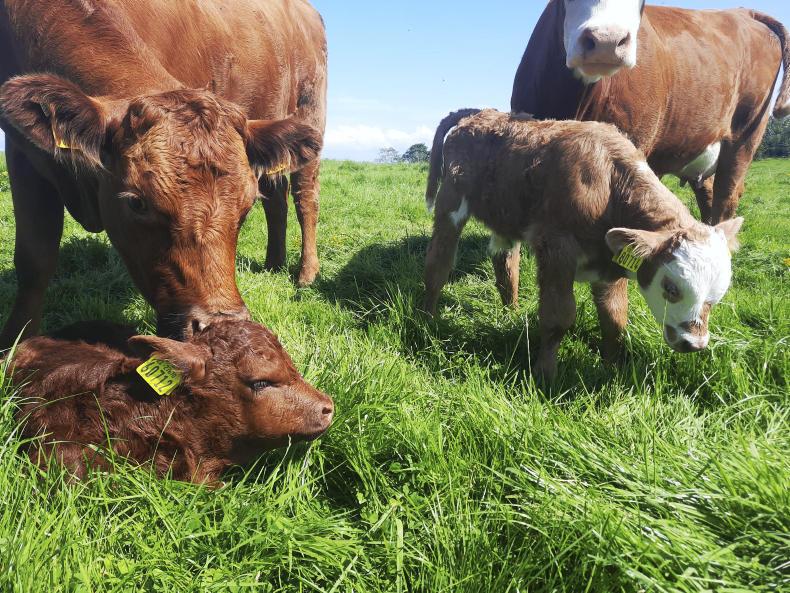
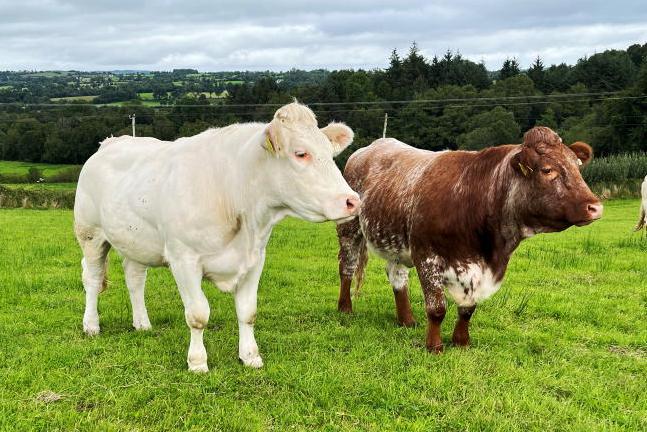

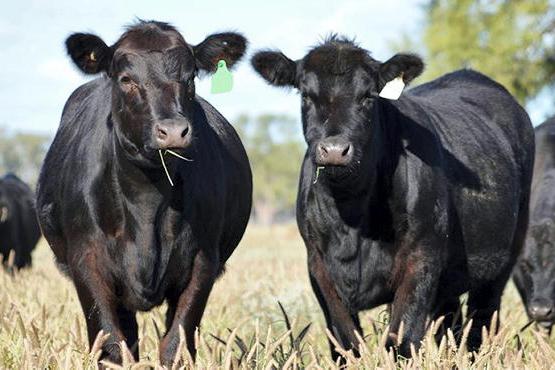
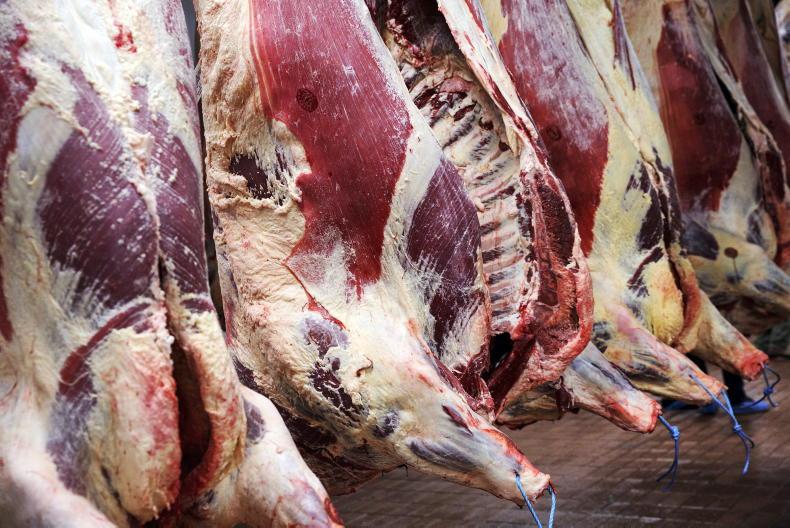
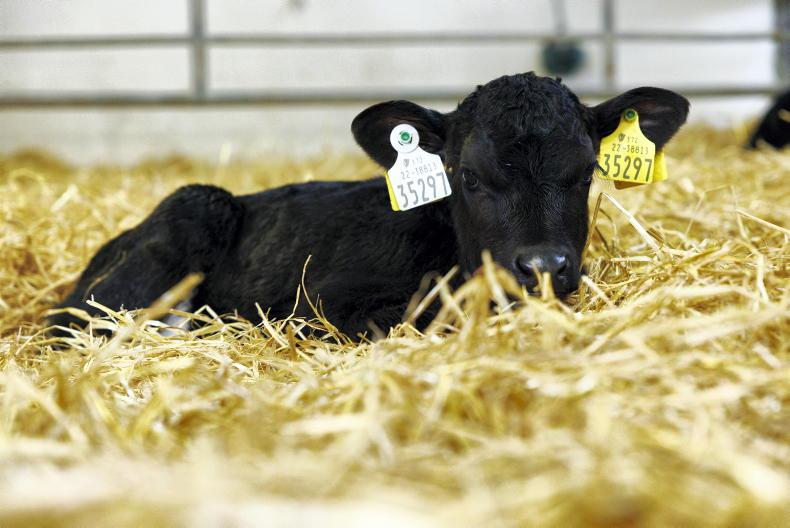
SHARING OPTIONS